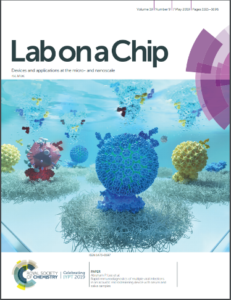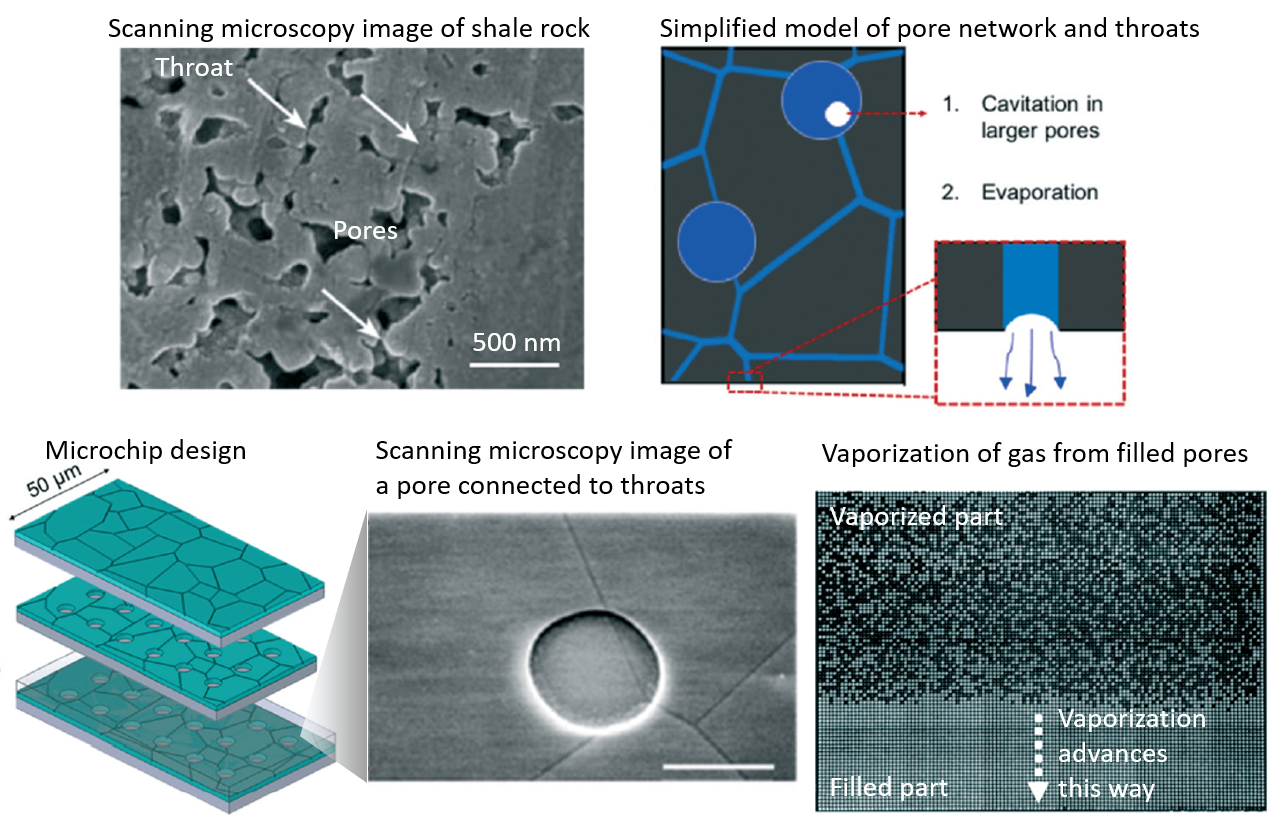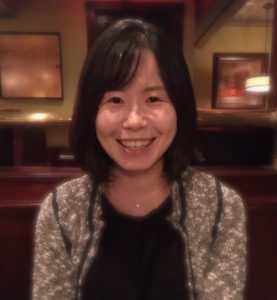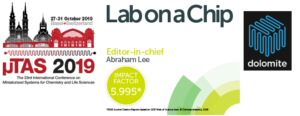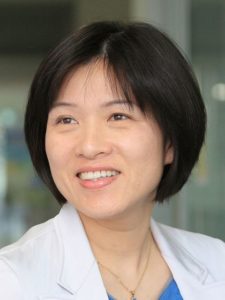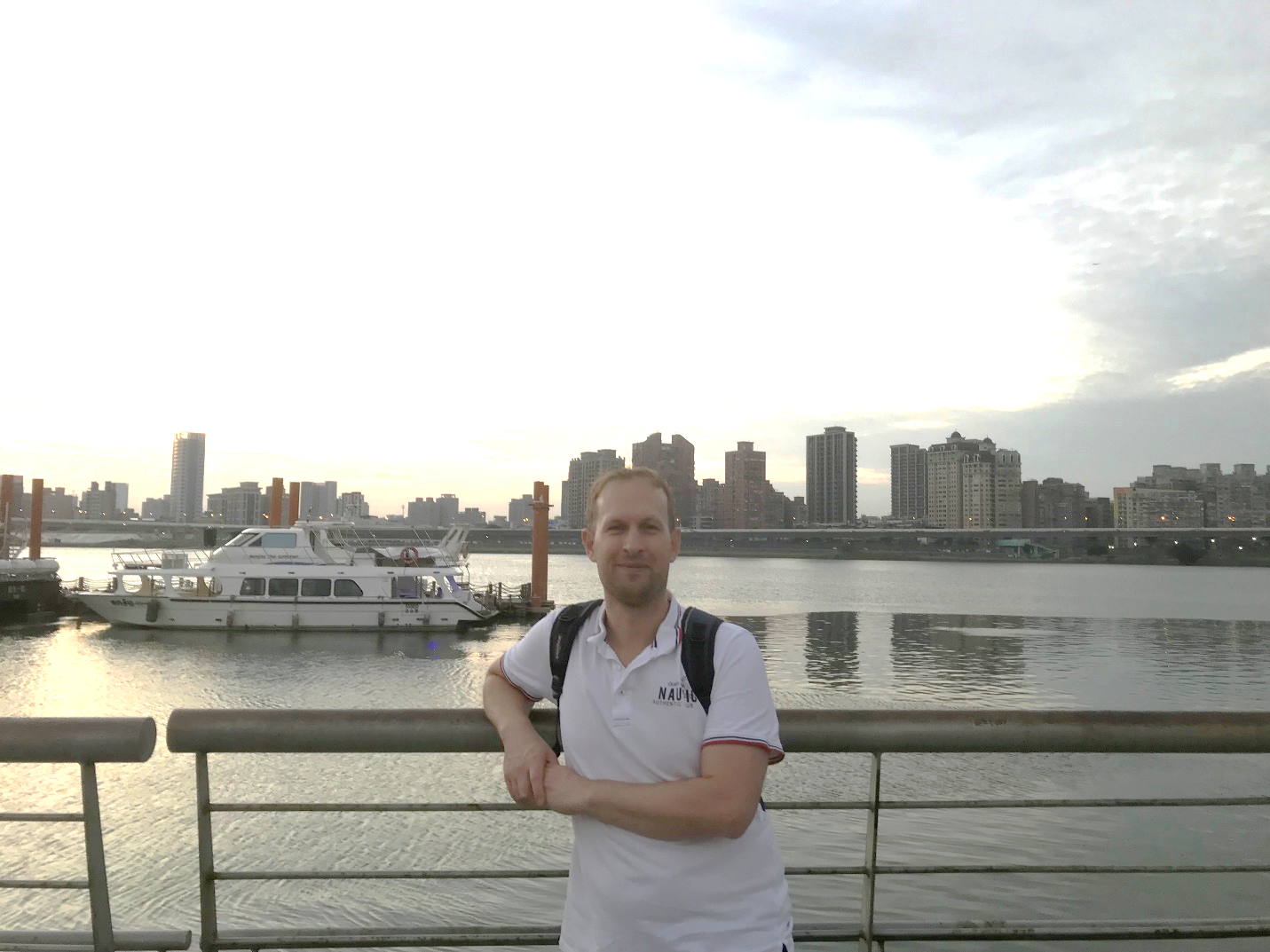
Mathieu Odijk is an associate Professor at the University of Twente running his own research theme on Micro- and Nanodevices for Chemical Analysis. He received his PhD in Electrical Engineering from the University of Twente under the guidance of Albert van den Berg for his work on electrochemical microreactors for drug screening and proteomics applications in 2011. He has broaden his scope by various research visits at EPFL Lausanne (2012), the Wyss Institute at Harvard (2013), and MIT (2014).
The common aim of his research is to design novel devices to measure chemical quantities, pushing boundaries in applications to explore unknown territory. Often, this relates to faster, or better spatially resolved measurements at lower concentrations in small volumes. Micro- and nanofabrication techniques are used to enhance electrochemical, optical or mass spectrometric readout. The ultimate goal is to create new, yet robust tools for routine use in the lab or point-of-care applications.
Read Mathieu Odijk ’s Emerging Investigator article “A miniaturized push–pull-perfusion probe for few-second sampling of neurotransmitters in the mouse brain” and find out more about him in the interview below:
How has your research evolved from your first article to your most recent Emerging Investigator article?
I have nice memories about my first paper, as it was also submitted to Lab on Chip and immediately accepted without revisions (only one small question from 1 of the referee’s). The topic of that first paper was about the design of an electrochemical microreactor to study oxidative conversions in drug metabolism studies. We have been quite successful with that topic, now extending it also in the direction of studying electrochemical oxidative protein cleavage, and disulphide bond reduction using e.g. spectroelectrochemical means.
Many “ingredients” included in that first paper also are present in current projects such as microfluidics, advanced cleanroom fabrication, and analytical chemistry. These ingredients also form a key component of the focus area of my own research group (Micro- and nanodevices for Chemical Analysis).
What aspect of your work are you most excited about at the moment?
It is my aim to push the boundaries of existing analytical tools with respect to limit detection, spatial or temporal resolution, or enhancing the number of repeats using high-throughput technology. I’m really excited about this latest paper demonstrating a miniaturized push-pull perfusion probe, as it is indeed improving both the spatial and temporal resolution by at least 1 order of magnitude compared to commercially available probes. As such, it is a nice showcase of what can be achieved by microfluidics.
In your opinion, what are the most important questions to be asked/answered in this field of research?
I think it is really important to focus on the final application, and find good collaboration partners. If I take this push-pull perfusion probe as example, this research originated from discussions with neuroscientist who complained about a lack of temporal information from their existing microdialysis probes. However, quite a number of papers that describe probes with microfluidic channels only demonstrate in-vitro results. As we also found out in our project, bridging the gap towards in-vivo is certainly not trivial. It requires compromises in the technological area which you would not address if you stick to in-vitro experiments.
More generally I believe that the field has matured; lab on chip technology has become a means to achieve a higher goal. In this case this higher goal is to study neurochemical processes in the brain in more detail. However, I think this project also clearly demonstrates that there can be a lot of science in engineering. In this case we had to overcome challenges in microfabrication, fluid dynamics, mass-transport, protein chemistry, and adsorption kinetics.
What do you find most challenging about your research?
What I find really interesting is that my research is very multi-disciplinary in nature, crossing traditional boundaries such as “chemistry”, “physics”, or “biology”. However, that also poses a challenge as it is easy to develop a blind spot if you are exploring a new field of research. Again I would like to stress the importance of a good collaboration with experts in these fields to prevent failures at an early stage.
In which upcoming conferences or events may our readers meet you?
That is easy: I always try to attend MicroTAS.
How do you spend your spare time?
I’m a father of two small children, aged 1 and 4. If they leave me some spare time (and energy), I like to do woodworking, cycling, and indoor climbing. I also really like outdoors ice skating, but global warming is unfortunately interfering with the number of days ice skating is possible in the Netherlands.
Which profession would you choose if you were not a scientist?
I always wanted to be an inventor, with teacher as a close runner-up. I guess becoming a scientist is actually pretty close to that childhood dream. Any alternative profession should allow me to be able to either create new things, or educate other people (or both).
Can you share one piece of career-related advice or wisdom with other early career scientists?
At various points in my tenure track, I felt pressure to perform. This can be stressful and is most definitely counter-productive. Try to keep seeing/finding the fun in science, e.g. by asking your PhD students to share their Eureka moments in the lab with you. All the rest is of lesser importance.
Comments Off on Emerging Investigator Series – Mathieu Odijk
